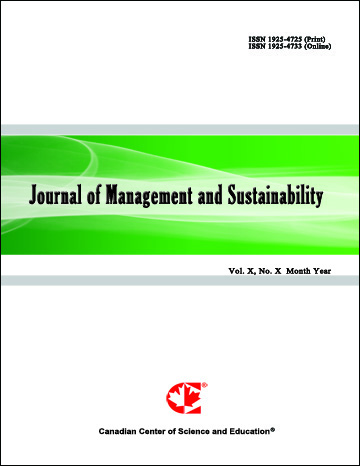Study of the Nutritional Increase in Organic Composts Obtained by Aerobic Biostabilization in the Management of Food Wastes
- Pedro Fagundes
- Fernanda Castro
- Lucilaine Santos
- Samuel Castro
- Liséte Lange
Abstract
Composting is a sustainable alternative regarding an environmentally appropriate management of the organic fraction contained in the municipal solid wastes. To minimize nitrogen losses during the biostabilization process, due to ammonia volatilization, the present study aimed to evaluate the composting technique combined with the possible precipitation of struvite (MgNH4PO4.6H2O). A mixture containing food wastes was subjected to different experimental composting conditions with synthetic chemicals of magnesium and phosphorus—0.020 mol kg-1 (EXPI) and 1.8 mol kg-1 (EXPII), in addition to the control treatment (CONT). Experiments were carried out in closed systems, under forced aeration, over a period time of 56 days. In general, the addition of synthetic chemicals provided a nutritional increase in the organic composts obtained at the end of the experimental period in both conditions (EXPI and EXPII) compared to the treatment CONT. It was observed a total nitrogen conservation of about 21% and 122% in samples of composts obtained under the conditions EXPI and EXPII, respectively. Germination tests of lettuce seeds (Lactuca sativa) were also carried out to evaluate the agricultural applicability of the composts obtained in comparison with a commercial substrate (COM). A germination index with an average value of 87% was reached with the use of 100% of the compost obtained under the condition of greater conservation of total nitrogen (EXPII). Finally, the strategy considered for the conservation of nutrients in organic composts showed technical feasibility, indicating the formation of struvite and/or its analogues in the products obtained.
- Full Text:
 PDF
PDF
- DOI:10.5539/jms.v11n1p15
Journal Metrics
Google-based Impact Factor (2021): 1.54
h-index (July 2022): 37
i10-index (July 2022): 147
h5-index (2017-2021): 12
h5-median (2017-2021): 19
Index
- Academic Journals Database
- ANVUR (Italian National Agency for the Evaluation of Universities and Research Institutes)
- CAB Abstracts
- CNKI Scholar
- EconBiz
- Excellence in Research for Australia (ERA)
- GETIT@YALE (Yale University Library)
- Harvard Library
- HeinOnline
- Infotrieve
- JournalTOCs
- LOCKSS
- MIAR
- PKP Open Archives Harvester
- RePEc
- Scilit
- SHERPA/RoMEO
- Stanford Libraries
- UCR Library
Contact
- Evelyn XiaoEditorial Assistant
- jms@ccsenet.org
